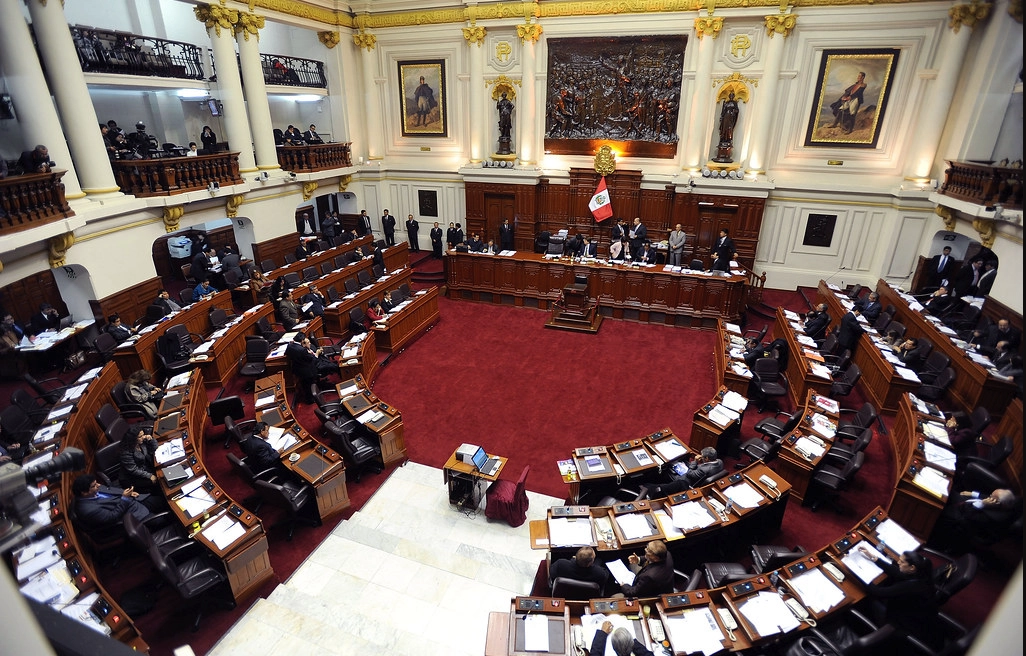A few days ago, the Peruvian Congress surprised us with the approval of the return to bicameralism. That is a two-chamber legislature, a legislative structure with a long history in this country that was abolished in the 1993 reform promoted by then-President Fujimori. The institutional reform in question has been on the legislative agenda on a recurring, albeit unsuccessful, basis since unicameralism was approved. This is not, however, the issue with which Peru has been making international headlines in recent times. Rather, there has been high political instability since 2016, with four presidents impeached or resigning in the face of the threat of impeachment by Congress, in a highly conflictive inter-power relations scenario. Peru became the mirror of instability that could threaten other presidents in the region who govern with fragmented congresses and scenarios of high political polarization. In a context of weak presidential leadership, congress approved a fundamental change in its structure with a potentially great impact on the functioning of the political system. We are interested in discussing here why it was approved, what was approved, and what its effect would be.
What the reform entails
The passage to bicameralism includes the creation of a second legislative chamber, the Senate, which will be composed of (at least) 60 members, and a chamber of deputies of (at least) 130, both elected for five years and with the possibility of immediate reelection. With this reform, the current congress has given a renewed demonstration of its power, of an expansive vocation that has not only been highlighted with the aforementioned presidential dismissals but also with the controversial disqualification of authorities of the justice system from the exercise of public functions.
The reform progressed — overcoming the constitutional requirements of two readings, with a first vote in November and another one last March 6 — with majorities exceeding two-thirds of congresspersons, even though, according to the Ipsos pollster, 80% of the population has a negative valuation of the congress. Likewise, in 2018 Peruvians voted for the prohibition of immediate parliamentary reelection and rejected the proposal of bicameralism in a referendum promoted by then-President Vizcarra. These votes illustrate the popular disaffection with their representatives.
The arguments in favor of the reform were the classic arguments of bicameralism, i.e., that two chambers improve deliberation and allow for a division of labor. The unicameral model established in 1993 had shown its limits in terms of lack of deliberation, frequent exemptions from committee procedures or second vote, a high number of laws approved by legislative insistence, and only an absolute majority to overcome the presidential veto. It had even achieved the painful record of passing bills in one day.
Will the new congress turn out to be as powerful as its proponent? Dividing labor may lead to dividing power. Although the proposed legislative system is not totally symmetrical, the Senate would not be an irrelevant chamber. True, only the deputies have legislative initiative and initiate the procedure for passing laws, but the Senate reviews, approves, modifies, and rejects. The deputies investigate, question, and censure ministers. Senators appoint and remove high authorities, and control the normative acts of the Executive. And given that senators will be older than deputies (45 years old to 25 minimum age), in addition to the division of tasks, legislators seem to have aimed at creating incentives for different behavior. In short, perhaps the current congress voted unintentionally for its control.
Does the division of congress make the executive more stable?
The institutional response of returning to bicameralism suggests yes, but we have doubts. On the one hand, the vote of confidence that each cabinet was obliged to request at the beginning of its term has been eliminated, exposing it to the potential rejection by an adverse congress. But the vote of confidence that can be submitted by the cabinet at any time for any policy and that would result in the dissolution of the congress in 2019 is maintained. The text also maintains the power of the president to dissolve the chamber of deputies if it censures or denies confidence to two cabinets, although it is interesting that the Senate will remain in place in case of political crisis, providing some institutional continuity.
On the other hand, the two chambers must agree on the impeachment of the president: the deputies accuse the president (and other officials) of violations of the Constitution and crimes committed in the exercise of their functions. The senators may suspend, remove, and disqualify the accused from the exercise of public office. However, the wording does not stipulate what majorities. Likewise, the vacancy for permanent moral incapacity remains in force and is declared by congress. The future regulations of both chambers should develop how the deputies and senators participate in this process.
In this context, bicameralism may have positive consequences for mutual control between branches, greater deliberation, and political careers. Also, the executive branch will continue to be subject to political accountability, but to the lower house, rather than the entire congress, suggesting greater stability or continuity. In the impeachment trial, the chambers have different functions. However, important issues were left pending that this reform does not resolve.
Moreover, the fragmentation and parliamentary defection, a reflection of the problems of political representation, were not mentioned. In 2020, nine parties achieved parliamentary representation, and in 2021 ten. Peru Libre, the winning party in 2021 with 28% of seats, currently has 8%. Disincentivizing political defection and preventing resigning parties from forming new parliamentary groups is a pending task.
In addition, the preferential vote was recently re-established, but this reform left pending the design of the constituencies for deputies (currently 130 congresspersons are elected in 27 constituencies, including that of Peruvians abroad). In the case of senators, the constitutional rule must also be specified, which provides for the election of one for each electoral constituency, and the remaining ones for a single national electoral district.
Overall, Peru returns to bicameralism with pending issues and with political stability relying more on its politicians than on the reform.
*Translated by Micaela Machado Rodrigues from the original in Spanish.














